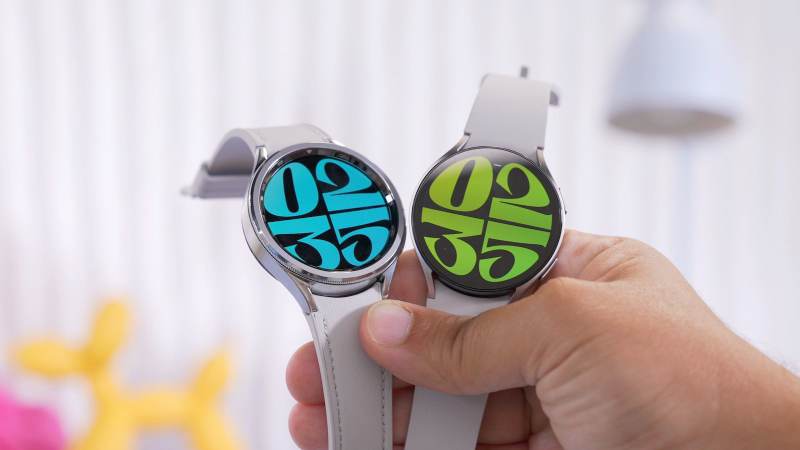
In the realm of wearable technology, Samsung and Apple are putting more effort into creating non-invasive techniques for tracking important health indicators like blood pressure and blood glucose levels. Within the next five years, it is anticipated that this new wave of competition will lead to significant advancements in health monitoring devices.
For years, Apple has also been investigating non-invasive blood glucose monitoring methods. By doing away with the need for skin piercing and blood extraction, these techniques hope to greatly simplify the procedure for patients.
In the meantime, Huawei previously introduced the Huawei Watch 4, a watch with non-invasive glucose monitoring capabilities, last year. This function does not actually measure blood glucose levels; instead, it uses ten health metrics to determine the of high blood sugar. Nevertheless, there are questions regarding the precision and usefulness of Huawei's invention in this field.
In a Bloomberg interview, Hon Pak, Head of Digital Health at Samsung Mobile, emphasized the value of non-invasive blood glucose monitoring for diabetics. He stressed that the management of health will be revolutionized by wearable technology that can continuously measure blood pressure and blood glucose. Though a precise date was not provided, Pak stated that these technologies would be accessible in some capacity within the next five years.
Blood pressure monitoring is already possible with Samsung's Galaxy Watch, but it doesn't offer continuous monitoring and needs to be calibrated often. The representative also discussed the impending release of Samsung's wearable Galaxy Ring, which tracks activity and sleep quality. It will eventually include additional features for health monitoring.
Because of its comfortable design, this ring can be worn all the time to track health data accurately. Its ability to be worn continuously gives it an advantage over smartwatches, which frequently require removal for charging, interfering with continuous health monitoring.
Samsung also intends to upgrade its smart headphones so they can detect heart rate and body temperature. As the ear is so close to the heart, the vice president of the company explained, it's the perfect place to take these kinds of measurements. These readings from headphones could provide a more complete picture of a user's health when paired with data from smartwatches.